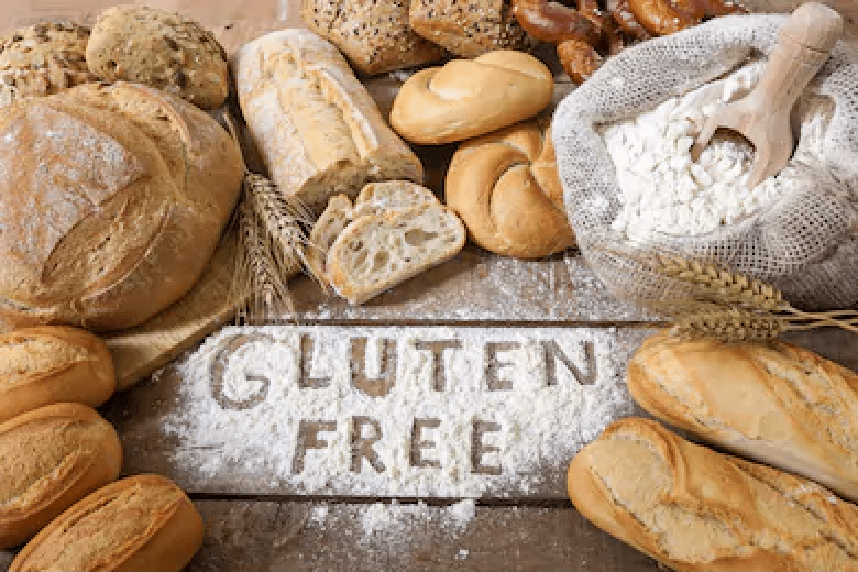This week is Coeliac Awareness Week. We all know somebody who is coeliac, whether it be a friend, family member or a work colleague.. but what exactly is Coeliac Disease?
According to Coeliac Australia, in people with coeliac disease, the immune system reacts abnormally to gluten (a protein found in wheat, rye, barley and oats), causing small bowel damage and inflammation. This reduces the surface area of the bowel available for nutrient absorption, which can lead to various gastrointestinal and malabsorptive symptoms.
Signs and Symptoms:
- Diarrhoea;
- Bloating;
- Gas;
- Fatigue;
- Weight loss;
- Iron-deficiency;
- Constipation;
- Depression;
- Itchy Rash;
(Healthline.com 2017)
How do you cure Coeliac Disease?
Unfortunately, there is no cure of Coeliac Disease. However, symptoms can be managed by adhering to a strict gluten free diet. This means that any products containing wheat barley, rye or spelt must be eliminated.
Foods to avoid:
Unless specifically labelled ‘gluten free’, the following foods should be avoided:
- Pasta;
- Bread;
- Cakes;
- Pies;
- Crackers;
- Cookies;
- Beer;
- Dressings;
- Sauces;
- Gravies;
(Healthline, 2017).
Cutting out processed foods and learning to read labels can make a gluten-free diet much easier. Some foods to be included in a gluten free diet may include:
- Meat, poultry & seafood;
- Eggs;
- Dairy;
- Fruits;
- Gluten-free grains such as quinoa, rice, buckwheat and millet;
- Vegetables;
- Legumes;
- Nuts;
- Healthy fats;
- Herbs and spices;
Diagnosing Coeliac Disease:
If you suspect you may have a gluten intolerance, consult your doctor and get tested to determine if a gluten-free diet is a necessity for you.
